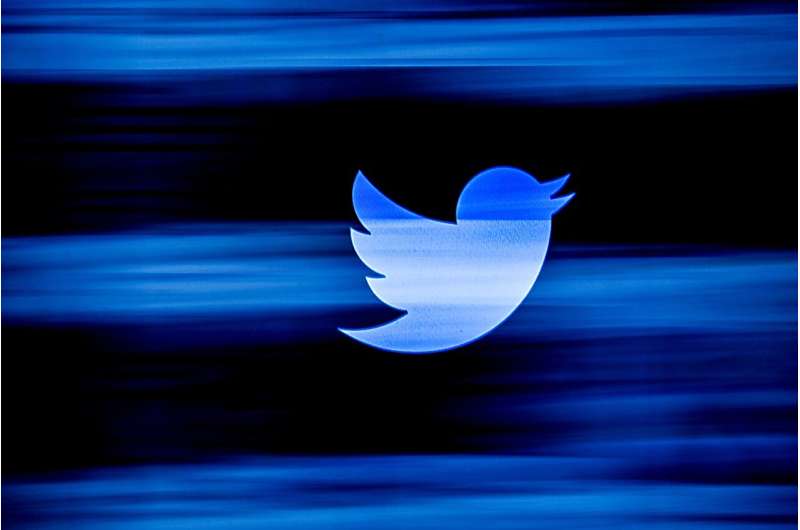This article has been reviewed according to Science X's editorial process and policies. Editors have highlighted the following attributes while ensuring the content's credibility:
fact-checked
trusted source
proofread
'The brand became the verb.' Why the blue Twitter bird worked, until it didn't

Over the weekend, millions of (now formerly) Twitter users called up their feeds, and for the first time in 13 years, a cerulean feathered mainstay wasn't there to greet them.
When Elon Musk announced Sunday that he was changing the familiar Twitter logo, along with the name of the social media platform itself, to a white "X" on a black background, the outcry went beyond the usual backlash when a company tweaks its branding. Tech media outlets wrote obituaries for the bird logo, with illustrations showing it feet-up with the new X logo over its eyes.
To many of the platform's users, the confusion around the change, assuming it sticks, is all but existential: Musk tweeted the announcement, after all. What one might call such an action on "X" is one of many open questions (are "retweets" now "re-X's"?).
Yakov Bart, a marketing professor at Northeastern University's D'Amore McKim School of Business, says that very basic question—What is tweeting if it's no longer Twitter?—is a testament to the strength and totality of the brand.
As Twitter, the platform had its own structural language, inextricably bound with how it looked and what it did. "Tweets" as a term for the short, text-based messages posted to the site, was inspired by the chatter of songbirds. Its first bird logo, "Larry the Bird" was named after NBA legend Larry Bird and adapted from an iStock image the company bought for $15 in the mid-2000s. The final bird image, designed by Martin Gresser, was formed by a series of concentric circles and, while based off no particular bird species, loosely mimicked the shape of a hummingbird beating its wings.
"There is a strong, logical association between the logo, the name, and what people can do using it," Bart says. "There's been research showing that when companies have the names on their stock tickers connected with what the company actually does, the stock performs better."
Twitter, he says, achieved something even more singular. "Anything people use as a verb, like 'Xerox something,' or 'Google something' that's a very strong brand," Bart says. "This is the first example I can think of where the brand became the verb, and it was discarded."
Yet as Northeastern marketing professor Amy Pei points out, Twitter had a lot of problems besides its branding. Disinformation, trolls and online bullying, and a gradual breakdown of the platform in terms of its overall functionality were among them, of course. But Pei, who studies the evolution of social media platforms, says that strong association with a short, text-based posting became a hindrance as the larger social media landscape moved on to other formats.
"When I was in high school, MySpace was really popular, and then people moved on to Facebook, Twitter, WeChat, and now it's more video-based," she says. "It's an inevitable part of the life cycle. All social media platforms have their golden era, that lasts maybe 10 to 20 years. After that I think it's actually not a bad idea to rebrand."
The merits of the X logo aside, Pei thinks Twitter in its current form isn't really salvageable.
"If people are no longer interested in short, text-based format, moving away from the Twitter name might be a good idea," she says. "They need to come up with something else. He might move away from text, which is what everyone is doing. But I'm leaning toward thinking this is a good idea, because I don't see any viable way he could revive the Twitter brand."
Nevertheless, Bart points out that it will be hard to engender the same affection for a generic symbol than for the chubby little bird—whatever deeper problems it represents. "This is not an expert opinion, but a Blue Bird always seems better than a black X," he says.





















